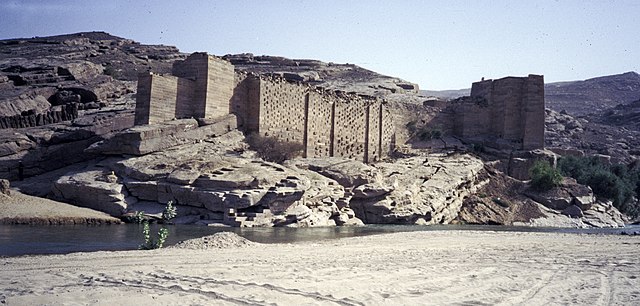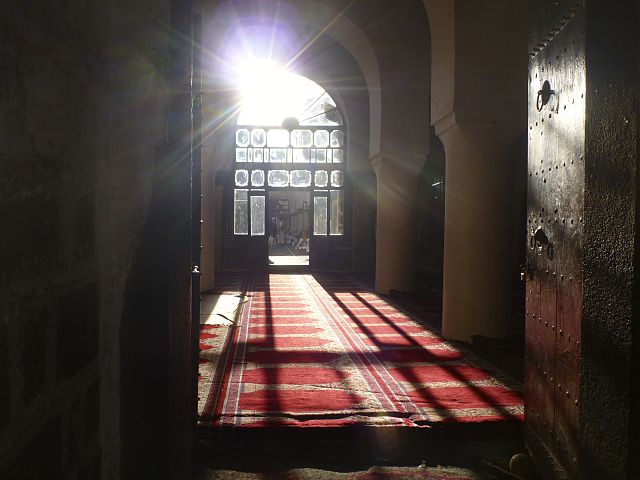The Kingdom of Yemen, officially the Mutawakkilite Kingdom of Yemen, also known simply as Yemen or, retrospectively, as North Yemen, was a state that existed between 1918 and 1962 in the northwestern part of what is now Yemen. Located in the Middle East, the Kingdom of Yemen had an area of 195,000 km2. The country was bordered by Saudi Arabia in the north, and the Aden Protectorate to the south. Its capital was Sana'a from 1918 to 1948, then Taiz from 1948 to 1962. Yemen was admitted to the United Nations on 30 September 1947. From 1962 to 1970, it maintained control over portions of Yemen until its final defeat in the North Yemen Civil War.
Imam Yahya and his troops in Sana'a
Imam Yahya's children, 1930s
Hudeidia, 1934
Abdullah al-Wazir, March 1948
Yemen, officially the Republic of Yemen, is a sovereign state in West Asia. Located in the southern Arabian Peninsula, it borders Saudi Arabia to the north, Oman to the northeast, and the Indian Ocean to the south, sharing maritime borders with Eritrea, Djibouti and Somalia across the Horn of Africa. Covering roughly 528,000 square kilometres, with a coastline of approximately 2,000 kilometres, Yemen is the second largest country on the Arabian Peninsula. Sanaa is its constitutional capital and largest city. Yemen's estimated population is 34.7 million, comprised mostly of Arab Muslims. It is a member of the Arab League, the United Nations, the Non-Aligned Movement and the Organisation of Islamic Cooperation.
Ruins of the Great Dam of Marib.
Himyarite King Dhamar'ali Yahbur II.
A Sabaean gravestone of a woman holding a stylized sheaf of wheat, a symbol of fertility in ancient Yemen.
The interior of the Great Mosque of Sana'a, the oldest mosque in Yemen








